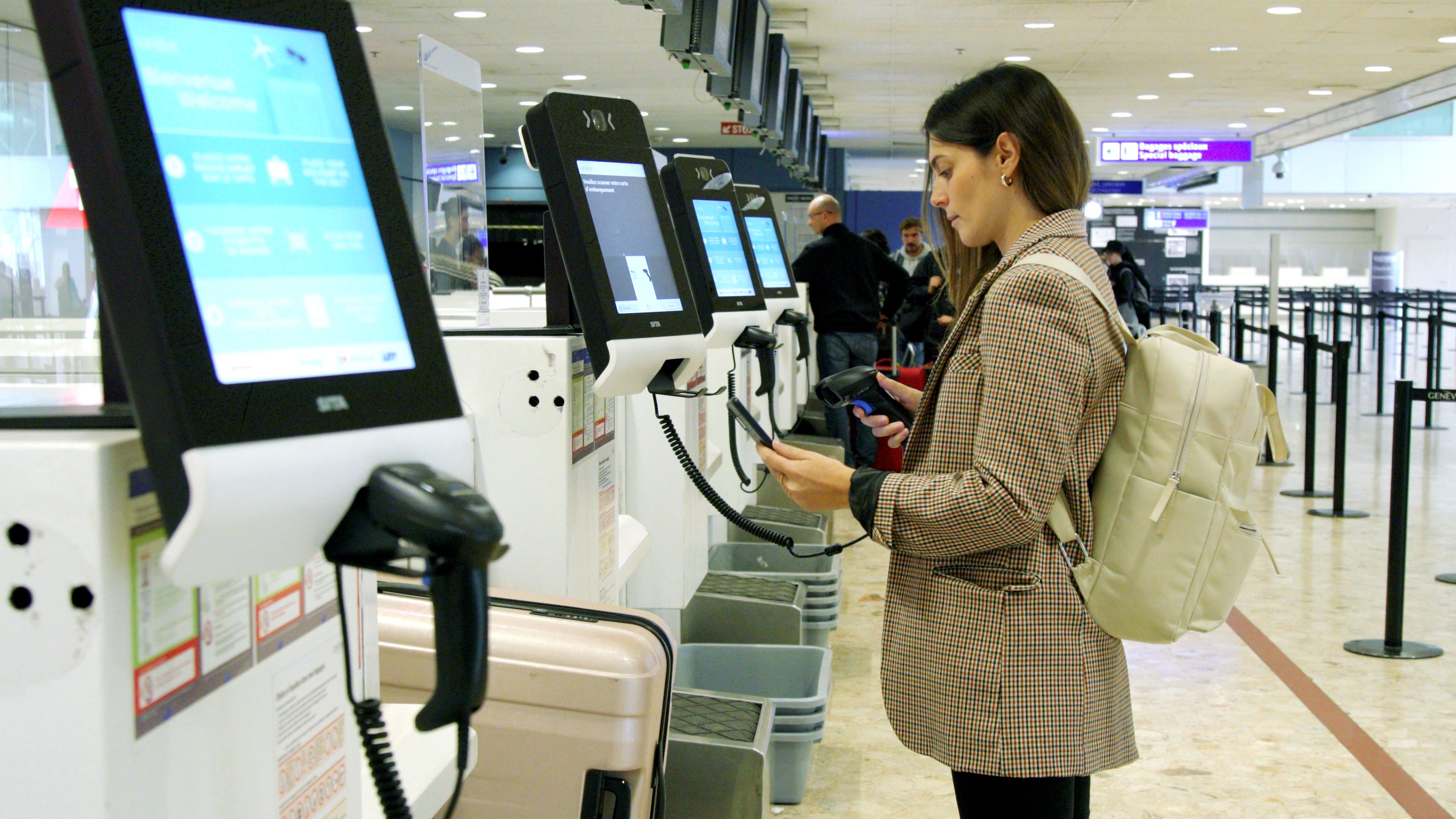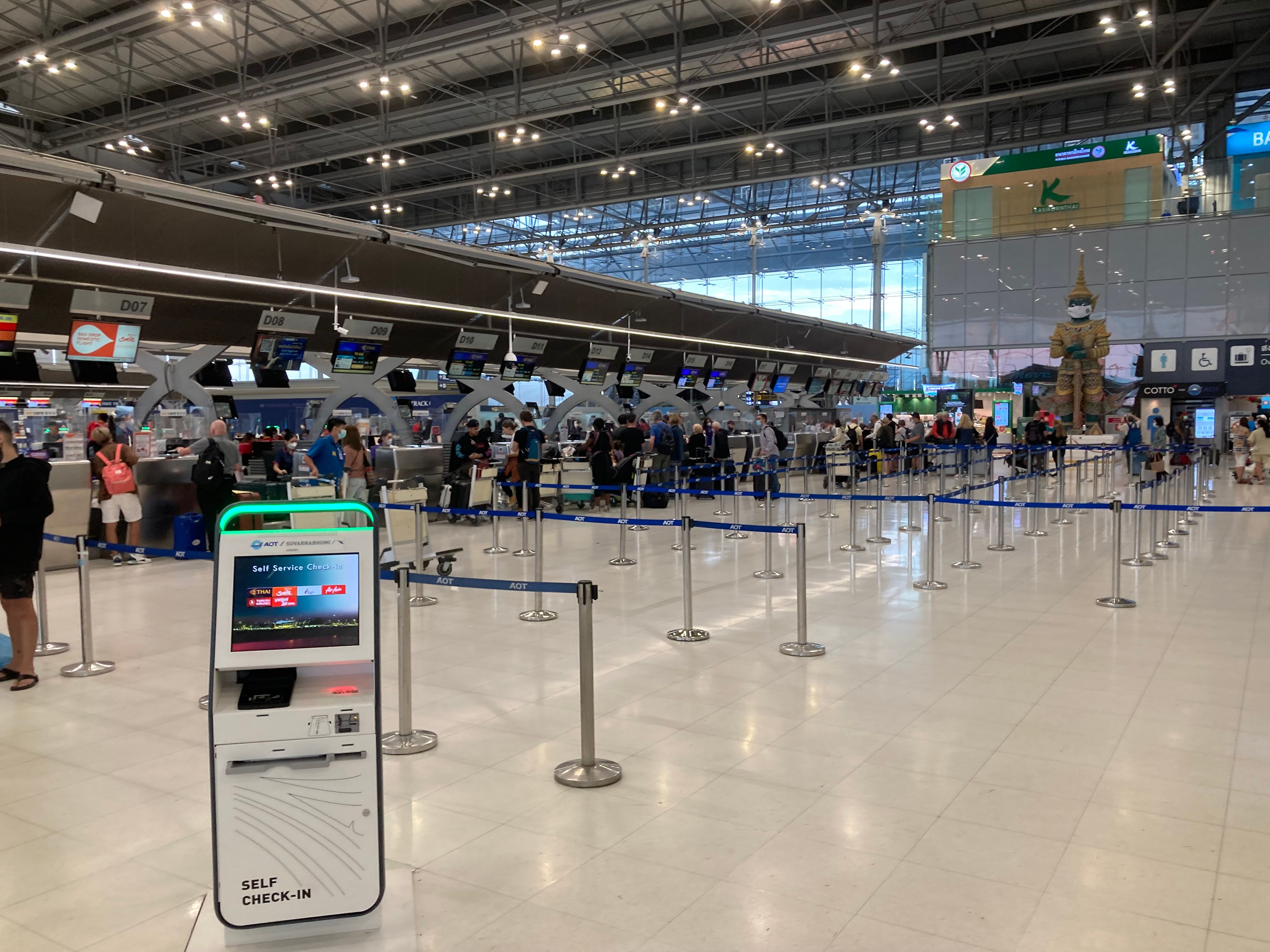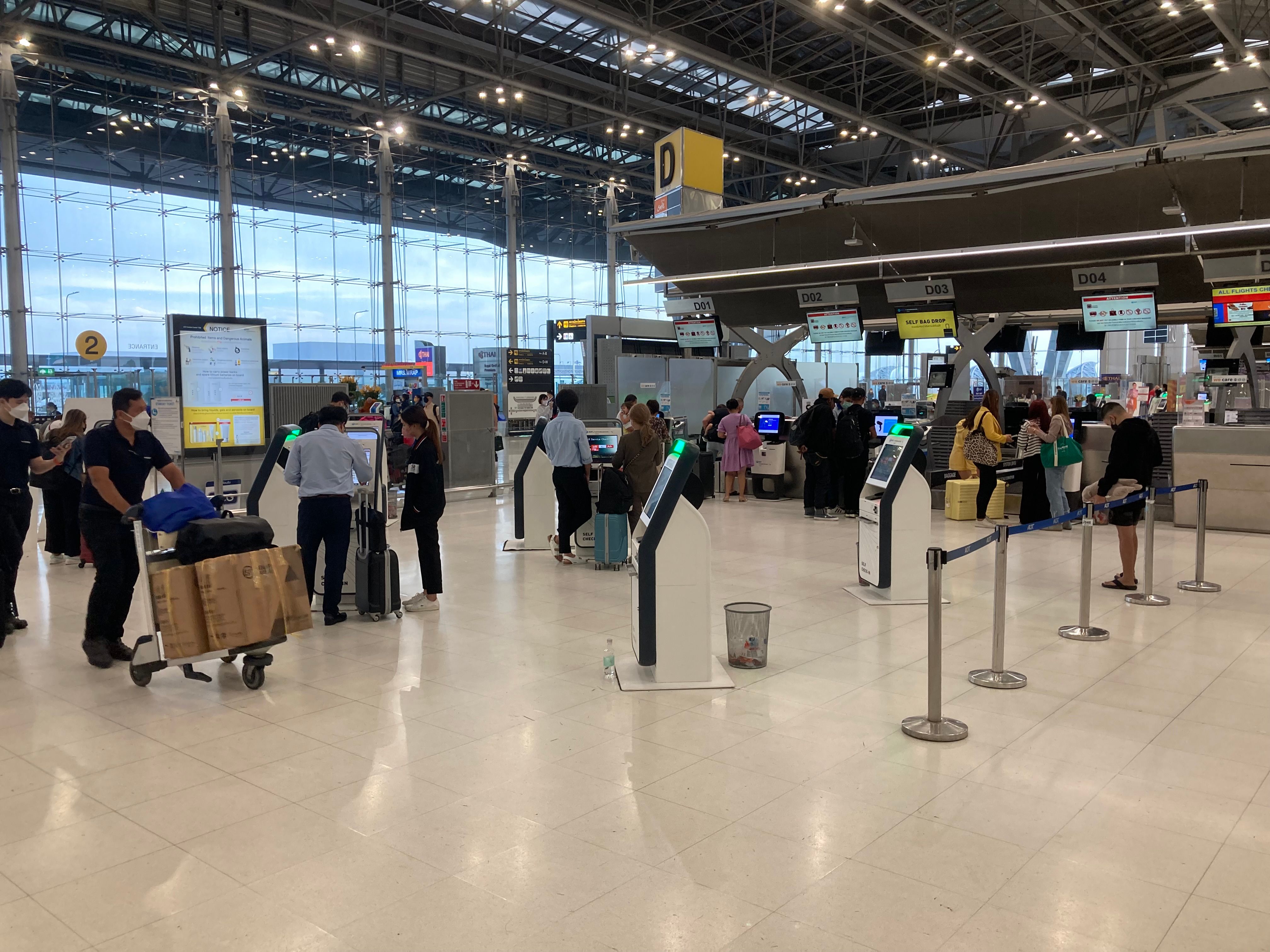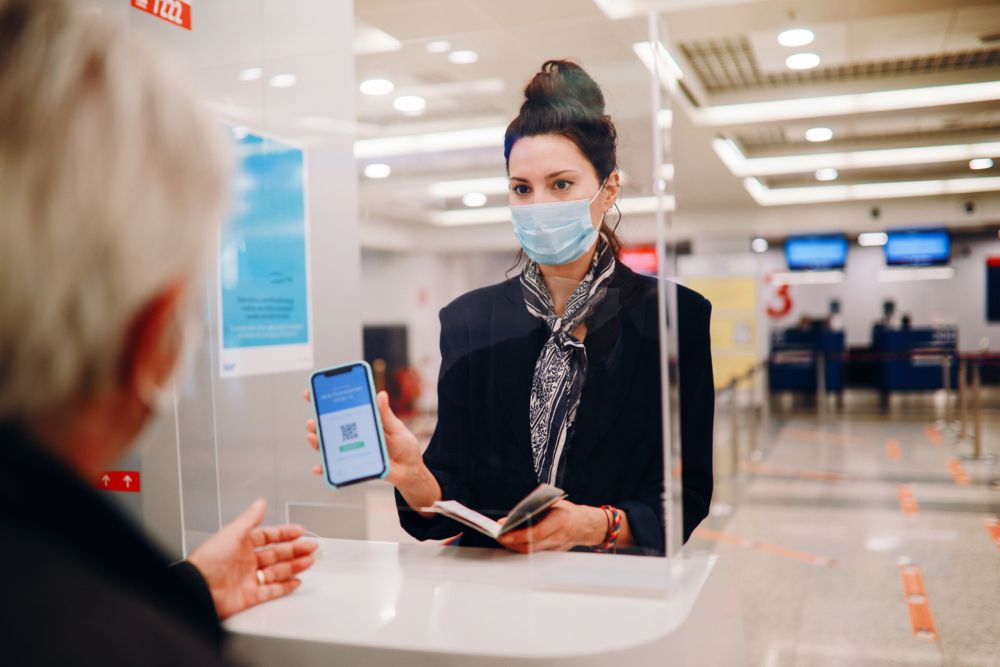One interesting aside from the COVID pandemic is that technologies talked about for years suddenly began to be implemented. Airports and airlines who had procrastinated around self-check-in kiosks, automated bag drops and biometric boarding, found themselves sucked into the vortex of COVID's impact on air travel, floundering to guide passengers through the multi-level processes imposed by governments and health authorities.
SITA is a leading innovator in solving multi-stakeholder common industry issues for their 550 air transport industry members and more than 3,000 customers in 220 countries. It uses advanced IT and communication technologies across shared infrastructure to make systems work, precisely the type of solution needed during a crisis like the COVID-19 pandemic.
How has SITA helped operators navigate COVID?
Late last year, Simple Flying had the opportunity to talk one-on-one with SITA Asia-Pacific President Sumesh Patel to discover how SITA has helped airports and airlines navigate the world of low-touch or touchless travel solutions. He started by likening the early days of COVID to how 9/11 brought airport security sharply into focus.
Airports knew they needed to change processes at the same time as their income was disappearing, which was often the starting point for Patel's conversations with his customers. He added,
"They wanted to know how we could help them transform into touchless technology but at the same time use the infrastructure they already had because they did not have the money to rip everything apart and bring in new technologies."
To address that, SITA developed a system that added a camera to the top of existing check-in kiosks rather than replacing the whole system. Going further, they devised a way to port all the information from the kiosk onto the passenger's mobile device because people felt safer touching their phone rather than the kiosk.
In that way, they devised a biometric low-touch solution that airports could implement at a minimal cost through collaboration with various stakeholders. While that sounds simple enough, Patel says it involved "going back to the drawing board" with SITA's technical teams to find a solution.
"Our product was built in a different way, so when COVID came, we knew that passengers didn't want to touch things, and the technical teams came up with a new solution. We went to our customers and told them we can give you a solution that reuses your existing investment, and they were very happy with that, rather than making a whole new technology change."
He also says that COVID has taught the industry how to better collaborate with all stakeholders, including airlines, airports, governments, etc. Anybody who traveled during COVID knows how confusing the documentation became, where airlines had to have different documents depending on the governments of where the passenger was flying to, and airports had other processes for dealing with that complexity.
For example, if the government or immigration data is unavailable at check-in, there will be another five touchpoints where a passenger must present their documents again, leading to frustration and delays at each step towards getting on the aircraft.
"A good example is what we have done at Beijing airport, where all those different stakeholders are working together. So when China opens up again, we have a biometric solution in Beijing where all seven touchpoints will have a walkthrough experience for the passenger, and even immigration will be a walkthrough experience."
Bangkok Airport used the lockdown to develop new solutions
While attending the Association of Asia Pacific Airlines Presidents Assembly in Bangkok, Simple Flying got to experience the SITA solution implemented at Suvarnabhumi Airport. Patel says that the airport used the COVID-induced downtime to reimagine its processes, partnering with SITA to implement new solutions during the lockdown period. What struck this writer was how well the process worked in practice during a morning peak hour while checking in for an Australian-bound flight in economy class.
In effect, the airport gives passengers a clear choice between using the self-check technology or taking the traditional route of the manned check-in desks. They have made the two systems complementary with the effect that, despite being rush hour, both sections were moving quickly, and queues were almost non-existent. The self-check system is highly intuitive, and the automated bag drop within a few steps, while helpful staff were buzzing around to assist anyone who needed help navigating the process.
After navigating the choked Bangkok roads to get to the airport, it was a real surprise to get through the entire check-in, security, and immigration process in around 15 stress-free minutes and be at the gate. The striking point was that the airport had not decided to impose either the automated or manual process on passengers, or made either more attractive than the other. They have implemented two systems that deliver a similar outcome but give passengers the choice of how to engage. Patel says:
"Bangkok Airport was forward thinking during COVID and said they wanted to be ready with new technology when the traffic came back, so that's what we did. Since it is new technology and equipment, there are people there to help passengers, but once they become more used to using the system, the airport can redeploy those resources to other areas."
Flexibility is critical for today's airports
Today's airport systems also need to be more adaptable and built to be scaled up or down quickly and easily to match changes in demand. The pandemic has shown us what the unexpected can do, and Patel tells Simple Flying that moving more services onto the cloud provides the solution.
SITA Flex is a common-use platform that allows airlines to offer a mobile experience to passengers and create new processing features. Patel says that today's passenger knows they can check in before going to the airport, which removes the need for the airport check-in kiosk but still needs a bag tag to be printed.
"You need a shoebox-size piece of equipment where you scan your QR code, print the tag, attach it, and go. So you get a low-touch experience with a lower investment cost in how we do it that suits the operator but still gives the passenger a similar experience."
Did you know we also have an aviation YouTube channel here?
What are the lessons learned?
Looking back at the significant challenges COVID threw up, Patel says he saw the need for different stakeholders to work together and "get on the same page." SITA worked on a solution for the health data but realized that rather than building the solution and trying to get all the stakeholders to work within it, they decided to create a platform that could help all these different health agencies interoperate and collaborate.
"One of the challenges was to think that through and build something like that, and obviously, we were able to do that. We found it challenging to get all the stakeholders together and find some common ground, but it was the way we could help the industry get back on its feet."
After talking about these issues for an hour, it seems clear that a mix of technology and people will get airports and airlines back on their feet and able to do more with less, mainly where personnel shortages still exist. It is not all counters or all kiosks but a mix, and that mix will change depending on the airports, airlines and the customers they serve.
The nut that SITA has cracked is knowing that a flexible and adaptive platform is what's needed, both for the COVID recovery and whatever the next external shock throws at aviation.
What do you think about self-check-in, automated bag drops and touchless immigration processes? Let us know in the comments.





